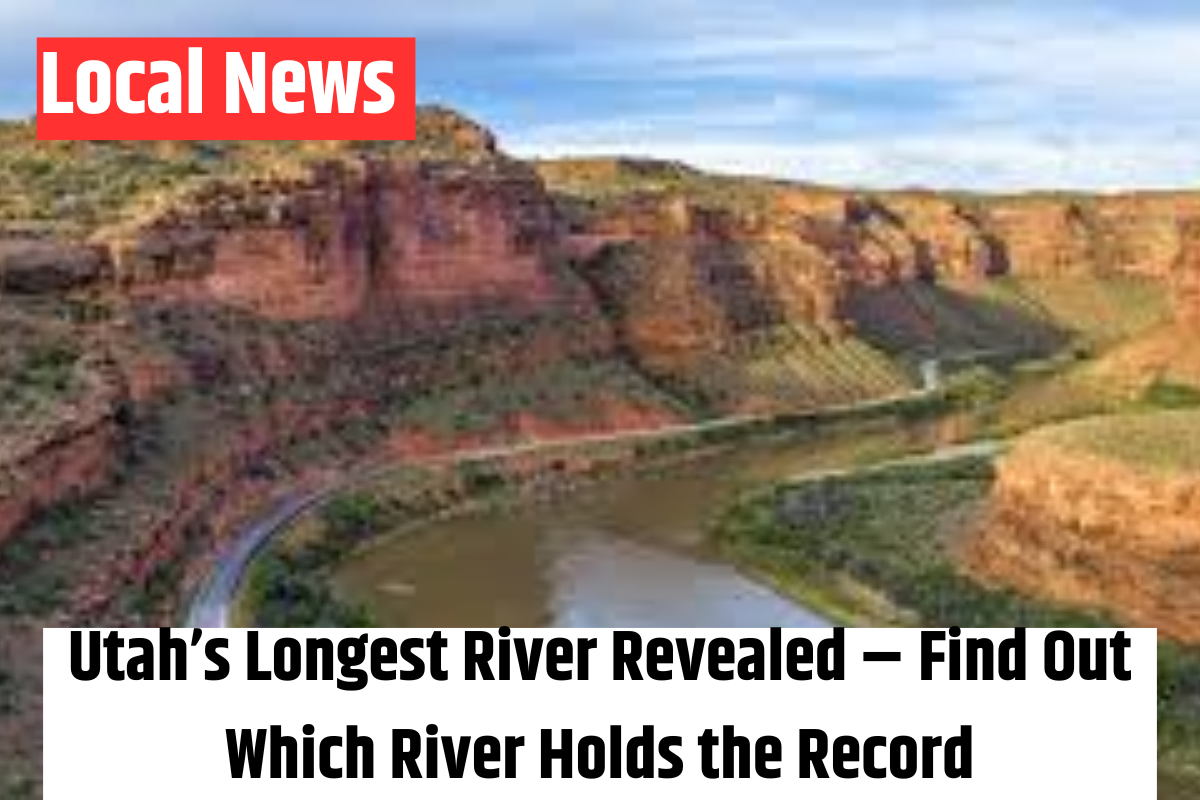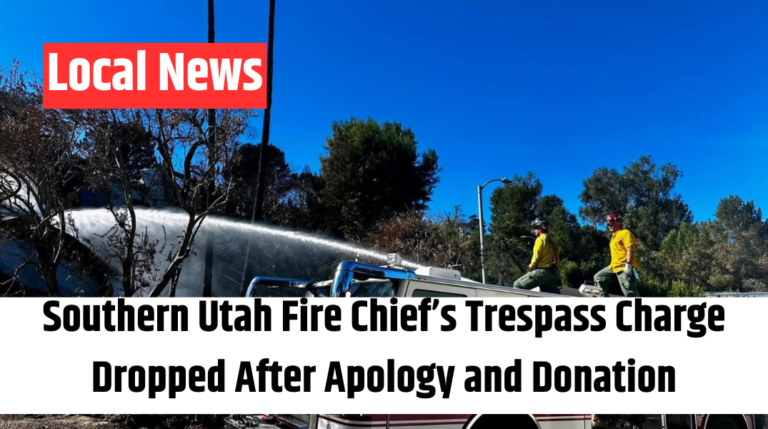
Utah, known for its striking red rock formations and expansive deserts, isn’t typically associated with major rivers. Yet, one of North America’s most significant waterways, the Colorado River, winds through the state’s southeastern corner, playing a crucial role in its landscape, economy, and recreation. While Utah is just one stop along its vast journey, the river’s presence leaves an undeniable impact.
Tracing the Colorado River’s Path
The Colorado River begins high in the Rocky Mountains of Colorado, traveling roughly 1,450 miles before reaching the Gulf of California. Along the way, it passes through seven U.S. states—including Utah—and two states in Mexico. Utah’s portion, though just a segment of the river’s journey, is particularly dramatic, cutting through deep canyons and creating stunning natural landmarks.
Utah’s Connection to the Colorado River
Within Utah, the Colorado River flows through the southeastern part of the state, passing through some of its most iconic landscapes. One of its most thrilling sections is Cataract Canyon in Canyonlands National Park, a hotspot for whitewater rafting. Further along, the river reaches Glen Canyon National Recreation Area, home to Lake Powell, a massive reservoir formed by the Glen Canyon Dam that provides both recreation and hydroelectric power.
A Critical Resource for the Region
Beyond its breathtaking scenery, the Colorado River is a vital water source for Utah and much of the American Southwest. It supplies water for agriculture in Utah’s southeastern regions and is also critical to irrigation in Arizona and California’s Imperial Valley. Additionally, Lake Powell contributes significantly to hydroelectric power production, helping to meet the energy needs of surrounding states. Water usage along the river is governed by the Colorado River Compact, an agreement established in 1922 to divide its resources among the states in the basin.
Adventure and Exploration Along the River
Utah’s portion of the Colorado River is a playground for outdoor enthusiasts. Cataract Canyon offers some of the most exciting whitewater rafting in the country, drawing adventurers eager to experience its powerful rapids. Meanwhile, Lake Powell’s expansive waters attract boaters, anglers, and vacationers looking to enjoy the stunning desert backdrop. The river also flows through areas that provide excellent opportunities for hiking, camping, and sightseeing in Utah’s breathtaking national parks.
The Future of the Colorado River
Like much of the western U.S., the Colorado River faces mounting challenges. Drought conditions, increasing demand, and the effects of climate change have placed immense pressure on this critical waterway. Water conservation efforts, revised management policies, and cooperative agreements among states are becoming more important than ever to ensure the river’s sustainability.
Despite these challenges, the Colorado River remains a lifeline for Utah—shaping the state’s landscapes, fueling its economy, and providing endless opportunities for adventure. Its future, however, depends on careful stewardship and innovative solutions to preserve its waters for generations to come.






